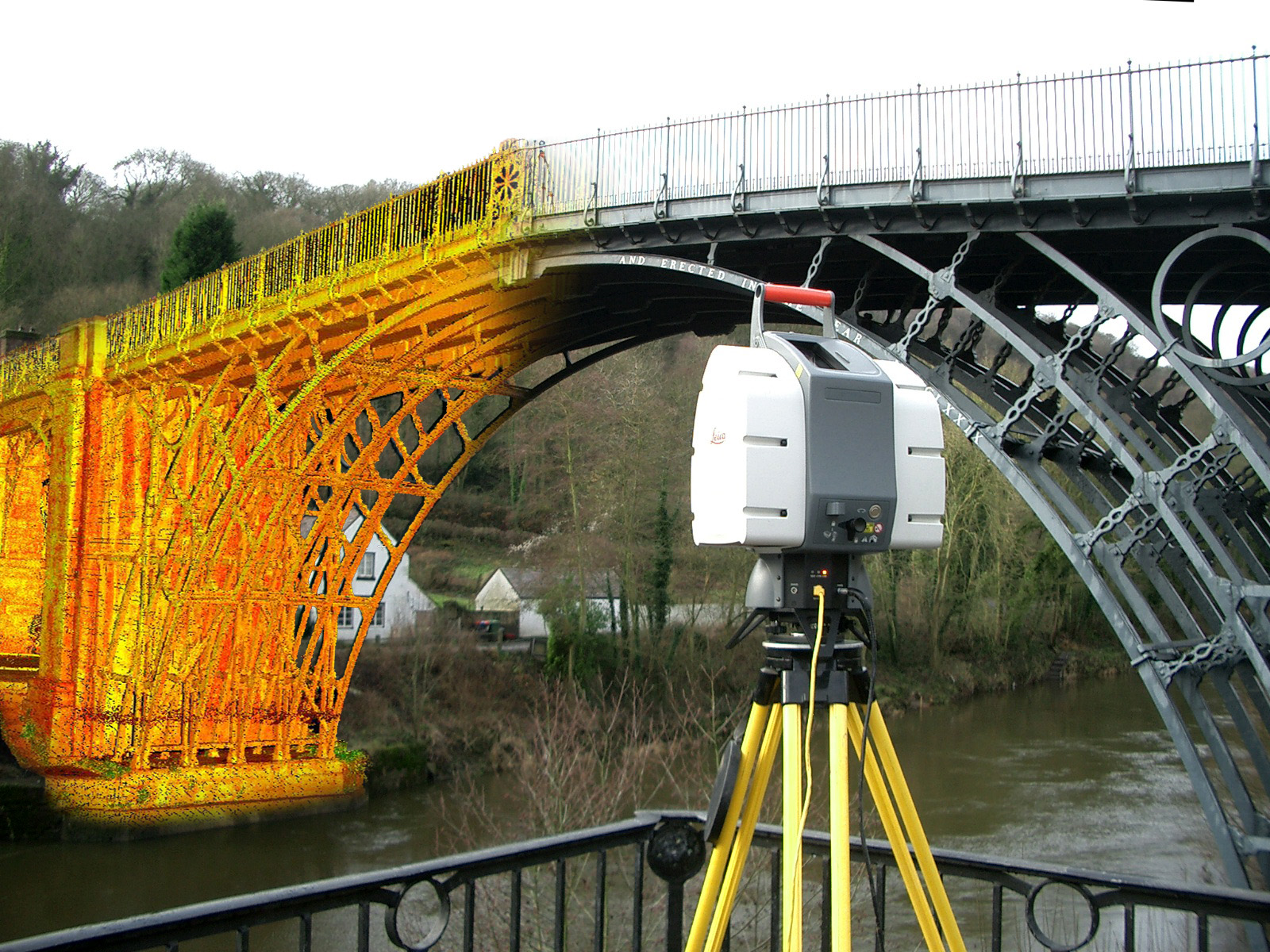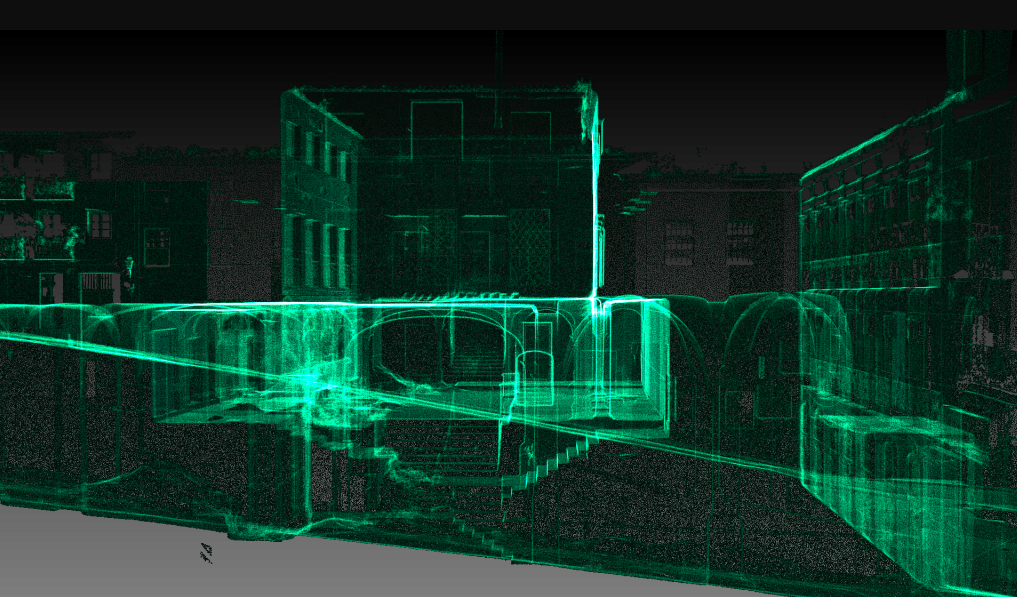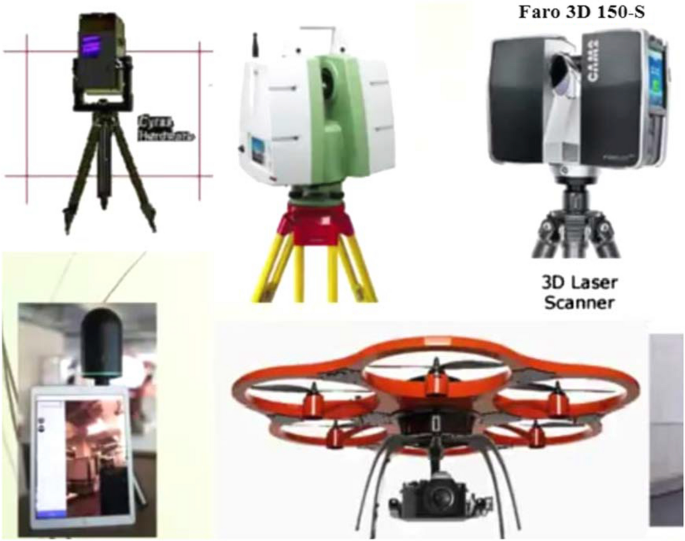Checking out the Applications of 3D Laser Scanning in Archaeology and Cultural Heritage Preservation
The assimilation of 3D laser scanning modern technology in archaeology and social heritage conservation notes a considerable advancement in exactly how historical sites and artifacts are documented and evaluated. This non-invasive method gives exact spatial information, exposing detailed details that were formerly challenging to capture. As the applications of this modern technology remain to develop, numerous implications for education and learning, conservation, and paperwork emerge, inviting further exploration right into its transformative influence on the field.
Understanding 3D Laser Scanning Technology
3D laser scanning technology has actually reinvented the field of archaeology by supplying accurate and comprehensive spatial data. This sophisticated innovation employs laser beams to catch numerous data points from a things or website, developing a very precise three-dimensional representation (3D Scanning). The resulting factor clouds can expose elaborate information of archaeological sites, frameworks, and artifacts that may be unnoticeable to the naked eye
Utilizing this technology, excavators can document the precise measurements, shapes, and placements of items with extraordinary accuracy. This technique lessens the risk of human mistake and removes the need for comprehensive manual dimensions. The information accumulated can be examined and shared easily, assisting in collaboration among researchers. By integrating 3D laser scanning with GIS and other digital devices, archaeologists boost their ability to imagine and analyze historic contexts, causing deeper insights into ancient societies and atmospheres.
Enhancing Historical Documentation
3D laser scanning considerably enhances archaeological paperwork through its capacity to create exact website maps. This innovation helps with detailed artefact analysis, providing insights that standard techniques may neglect. Additionally, it assures the preservation of contextual data, which is necessary for recognizing the relationships within archaeological websites.
Accurate Website Mapping
While standard mapping techniques frequently have problem with recording the elaborate information of historical sites, progressed laser scanning modern technology uses an innovative strategy to accurate website mapping. This approach enables archaeologists to produce extremely described and precise three-dimensional representations of websites, showcasing topographical variations and structural attributes with amazing integrity. The capacity to record numerous data factors in a matter of minutes permits extensive documentation, which can be conveniently updated and shared among researchers. Additionally, laser scanning facilitates the measurement of complex geometries that would certainly be difficult to examine making use of conventional devices. Therefore, this innovation enhances the accuracy of site maps, adding significantly to the preservation and understanding of cultural heritage sources.
Detailed Artefact Evaluation
Laser scanning technology substantially improves the evaluation of archaeological artefacts, offering researchers with unprecedented information and accuracy. This method captures detailed surface area structures, dimensions, and includes that traditional documentation techniques may forget. By creating high-resolution 3D designs, scholars can carefully take a look at artifacts without the threat of damages fundamental in physical handling. This precision permits much better relative research studies, allowing experts to identify production methods, stylistic variations, and possible cultural relevance. The ability to control and envision information in three measurements helps with a much deeper understanding of artifact performance and use. Overall, laser scanning fosters a much more extensive method to historical paperwork, making sure that crucial details regarding artifacts is maintained for future research study and education.
Conservation of Contextual Data
Maintaining contextual data is important for enhancing historical documents, as it guarantees that searchings for are recognized within their initial environmental and cultural structures. 3D laser scanning technology greatly adds to this preservation effort by capturing thorough spatial relationships among artefacts, frameworks, and their settings. By generating exact 3D models, archaeologists can document the specific places and alignments of objects sitting, facilitating a detailed understanding of their context. This technology allows scientists to review and evaluate sites long after excavation, preserving the stability of contextual information. On top of that, electronic records developed via scanning can be shared worldwide, cultivating collective research and public engagement. Eventually, preserving contextual data via 3D laser scanning enriches historical stories and promotes a much more extensive gratitude of cultural heritage.
Conservation of Cultural Heritage Sites
As developments in modern technology remain to develop, the conservation of cultural heritage sites has actually become progressively reliant on ingenious approaches such as 3D laser scanning. This modern technology enables the in-depth documents of artifacts, structures, and landscapes, recording their exact dimensions and spatial partnerships in a non-invasive fashion. By creating high-resolution 3D versions, scientists can keep an eye on and assess damage patterns, allowing proactive conservation methods.
Additionally, 3D laser scanning assists in the sharing of in-depth site information with the global community, promoting partnership among preservationists, excavators, and chroniclers. These designs function as invaluable resources for education and public engagement, increasing awareness of social heritage problems. The electronic records created can guard against loss due to ecological factors, criminal damage, or neglect. Generally, 3D laser scanning stands for a transformative technique to the preservation of social heritage, guaranteeing that these websites can be examined and valued by future generations.

Remediation and Reconstruction Efforts
The thorough documentation achieved with 3D laser scanning plays a substantial duty in reconstruction and restoration efforts within archaeology. This technology gives exact measurements and high-resolution images, permitting exact digital designs of artifacts and frameworks. These versions act as essential references throughout remediation procedures, making it possible for archaeologists to visualize the initial design and make educated decisions regarding products and methods needed for repair service.
3D laser scanning assists in the restoration of damaged or lost components by developing thorough reproductions. This process aids in making certain that repairs keep historic honesty while likewise allowing for ingenious methods to bring back websites. The capacity to examine wear patterns and structural weak points via checked data enhances understanding of a site's historical context and its use gradually. Consequently, 3D laser scanning not just maintains the physical facets of social heritage however likewise enhances the story of background, directing future reconstruction endeavors.
Educational and Research Study Opportunities
The integration of 3D laser scanning in archaeology opens considerable educational and research study possibilities. Academic collaborations can enhance the understanding of ancient sites, while specialized training workshops gear up specialists with important abilities for utilizing this technology. Together, these efforts promote a richer engagement with historical practices and methods.
Academic Collaborations in Archaeology
Joint initiatives in archaeology have actually come to be increasingly important for progressing both instructional and research study opportunities. By promoting partnerships amongst universities, research study establishments, and social heritage companies, these collaborations assist in the exchange of expertise and sources, improving the top quality of historical studies. Joint projects typically utilize varied proficiency, permitting ingenious methods and extensive evaluations, specifically in the application of technologies like 3D laser scanning. Such collaborations also promote interdisciplinary techniques, engaging fields such as location, history, and conservation scientific research. Additionally, scholastic partnerships frequently cause the growth of new educational programs and training programs, preparing the future generation of archaeologists to successfully utilize sophisticated technologies in get redirected here their work. Inevitably, these alliances add to the conservation and understanding of cultural heritage.
Training Workshops for Experts
Training workshops for experts in archaeology are progressively essential for boosting abilities in the application of advanced technologies such as 3D laser scanning. go to this site These workshops give participants with hands-on experience in utilizing innovative tools and software program, promoting a deeper understanding of information capture and evaluation procedures. Experts can learn to create accurate electronic models of archaeological sites, which significantly help in paperwork and conservation efforts. In addition, these training sessions usually include conversations on ideal techniques and study, advertising expertise exchange amongst individuals. By investing in continual education and learning, experts can stay updated on evolving technologies, ultimately boosting the performance of their research and social heritage preservation initiatives. This dedication to ability improvement is crucial for progressing the field of archaeology.
Future Patterns in 3D Laser Scanning for Archaeology
As innovations in technology proceed to reshape different areas, the future of 3D laser scanning in archaeology assures to boost both the precision and performance of website documentation and analysis. Arising trends indicate a growing combination of expert system and device understanding, helping with automated information processing and analysis. This advancement will enable archaeologists to analyze complex datasets faster, resulting in faster understandings right into historic contexts.
Moreover, the integration of drone technology with 3D laser scanning is most likely to broaden, allowing comprehensive airborne studies of historical sites that are hard to accessibility. The increasing affordability of scanning devices will certainly equalize access, equipping smaller organizations and independent scientists to use these devices effectively. Furthermore, advancements in virtual truth and enhanced truth will certainly enable immersive experiences for public interaction and education, making historical searchings for more interactive and accessible. These patterns jointly indicate a transformative future for archaeology, improving preservation efforts and expanding the discipline's outreach.
Often Asked Concerns
Just How Much Does 3D Laser Scanning Devices Cost?

What Are the Limitations of 3D Laser Scanning?
The limitations of 3D laser scanning consist of high expenses, possible data processing obstacles, sensitivity to environmental conditions, and problem catching detailed information in complex surfaces, which Discover More Here can impact the precision and completeness of checked representations. (3D Scanning)

Can 3D Laser Scanning Be Used Underwater?
Yes, 3D laser scanning can be used undersea, however it calls for specialized equipment and techniques to overcome difficulties such as water distortion and minimal presence. Successful applications have actually been demonstrated in aquatic archaeology and underwater surveys.
How Long Does a Scanning Task Usually Take?
A scanning job commonly takes anywhere from a couple of days to a number of weeks, relying on the complexity and dimension of the area being scanned, in addition to the preparation and post-processing needs associated with the task.
Are There Particular Software Application Demands for Handling 3D Scans?
Yes, particular software demands for refining 3D scans include programs with the ability of handling huge factor clouds, such as Autodesk ReCap, Cyclone, or MeshLab. These devices facilitate analysis, visualization, and assimilation right into various applications effectively.
The integration of 3D laser scanning technology in archaeology and social heritage preservation notes a substantial improvement in how historical sites and artefacts are documented and assessed. 3D laser scanning technology has revolutionized the field of archaeology by offering accurate and in-depth spatial information. As developments in innovation continue to develop, the preservation of cultural heritage websites has actually become progressively reliant on innovative approaches such as 3D laser scanning. As developments in innovation proceed to reshape numerous areas, the future of 3D laser scanning in archaeology promises to enhance both the precision and effectiveness of website documentation and analysis. The integration of drone technology with 3D laser scanning is most likely to broaden, allowing extensive airborne surveys of archaeological websites that are hard to access.